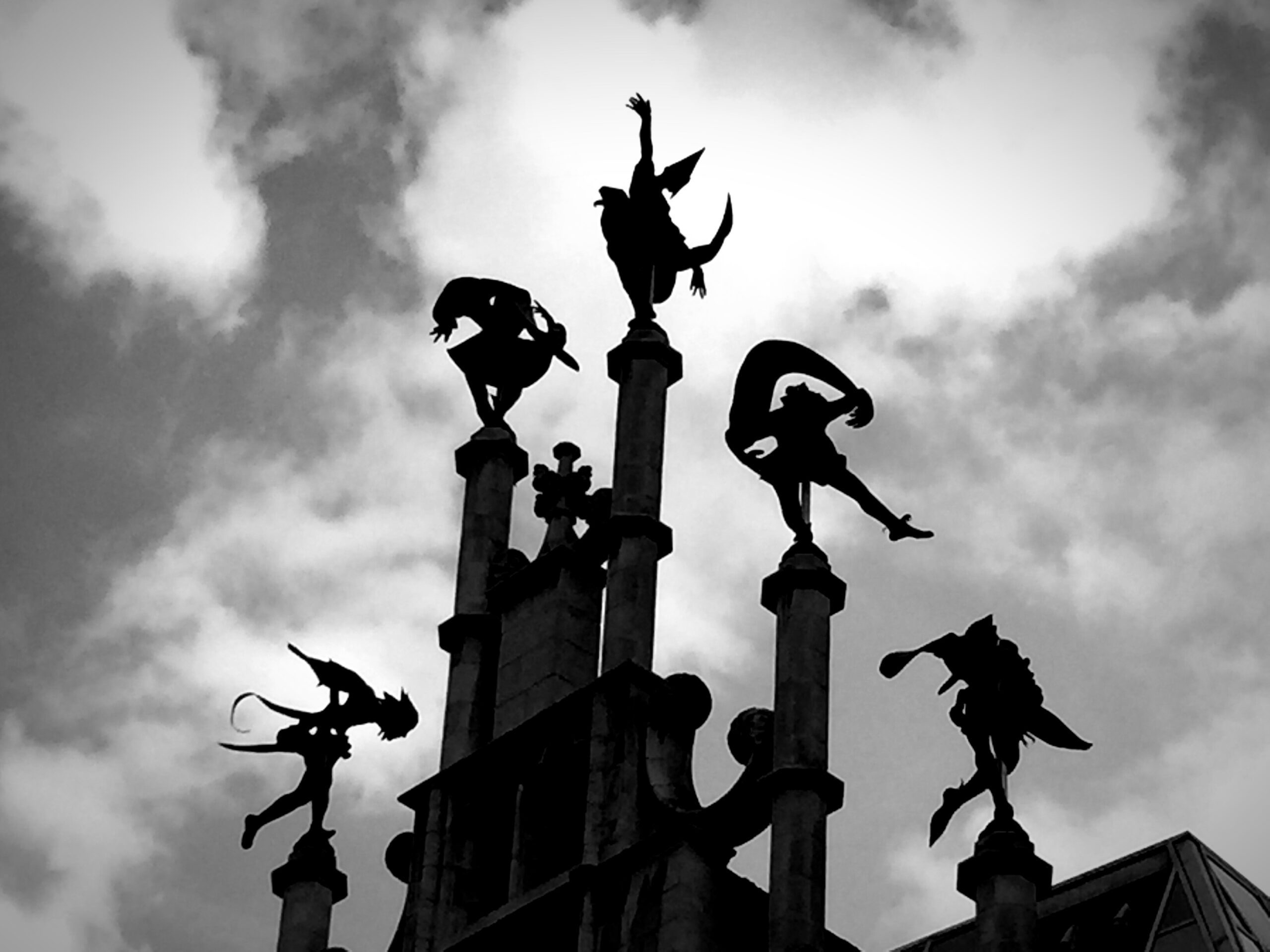
Peremptory Ideation
I wish to turn to insights offered by another ego psychologist. This is George Klein (1967), who conducted fascinating and often quite controversial studies regarding processes that might well be related to and might expand on French and Fromm’s preconscious realization. Klein writes about and conducts research regarding what he calls “peremptory ideation.” In essence, Klein proposed that in our internal world (psyche) we create a specific idea or image that begins to “travel” around our psyche (head and heart) picking up fragments of unconsciously held material (memories, feelings, thoughts). This process operates much like an avalanche—and other forms of what chaos theorist often label “strange attractors”. This train of ideation becomes increasingly rich and emotionally powerful. Everything is pulled into the “attractor basin”.
At some point, this ideation begins to pull in material from outside the psyche. External events suddenly take on greater saliency (more emotional power and vividness)—and it is because they are now connected to the internal ideation. Klein suggested that the ideation now takes priority with regard to what is valued, attended to and remembered in the external world. It assumes a commanding (“peremptory”) presence. A positive (reinforcing) loop is created, with the external material now joining the interior material—all clustered around the original (often primitive) ideation.
Klein chose to demonstrate the existence and power of peremptory ideation by introducing the concept of Subliminal Perception. In one of his experiments using subliminal perception, Klein had subjects look up at a wall where a picture is flashed on the screen for 1 second or 1/10th of a second or 1/100th of a second. This picture portrayed a silhouetted tree in which a duck was embedded (shown in the black outlined by the white tree). One week later he had his subjects return to his lab and take a “projective test” (the Thematic Apperception Test) in which they were to create stories from a series of pictures that they were shown. Klein found that two of the groups produced a significantly greater number of stories involving waterfowls than did the third group. Which were these two groups? They were those who saw the embedded duck image for very short periods of time (1/10 and 1/100 of a second). They had viewed the duck at a “subliminal” level of awareness.
Klein conducted a second experiment in which the word “cheese” was projected on the wall at the same three speeds. Once again, subjects came back a week later. They were given a memory test that required them to recall a list of words after an appropriate interval of time. In this case, those receiving the word “cheese” at a subliminal level recalled cheese related words (such as cottage) at a significantly greater level than did those viewing “cheese” at a liminal (1 second) level.
Klein proposed that the subliminal duck and choose activated an ideational chain which influenced their later creation of a story or recall of words. Both the embedded duck and word cheese would have been anomalies. We don’t see embedded ducks or the word cheese on a wall very often in our lives—so an “alarm bell” went off and the ideational train left the station.






